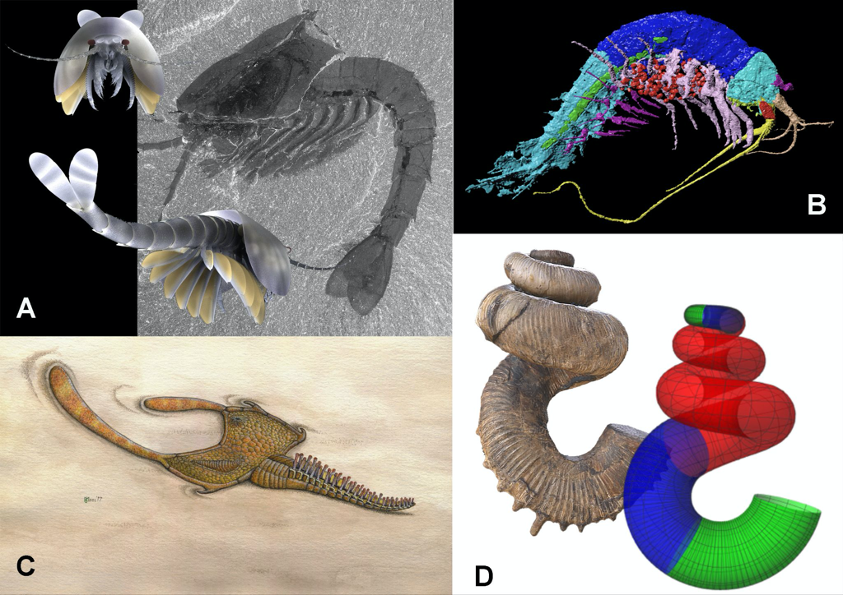Evolution and Paleobiology
The most obvious manifestation of biological evolution is that of forms, and the theories of evolution emerged in the 19th century from the questions raised by their diversity. Likewise, one of the founding ideas of "Evo-Devo", which initiated a profound transformation of evolutionary theories in the 1980s, is that morphological evolution must be analyzed in light of the mechanisms that generate these forms during development. This course will be articulated around this idea, taking as main examples the currently most diversified invertebrates phyla, and among the most represented in the fossil record (Arthropods, Molluscs, Brachiopods, Echinoderms). It will be shown how recent discoveries in both paleontology and developmental biology sheds new light on the history of life and its diversification.


